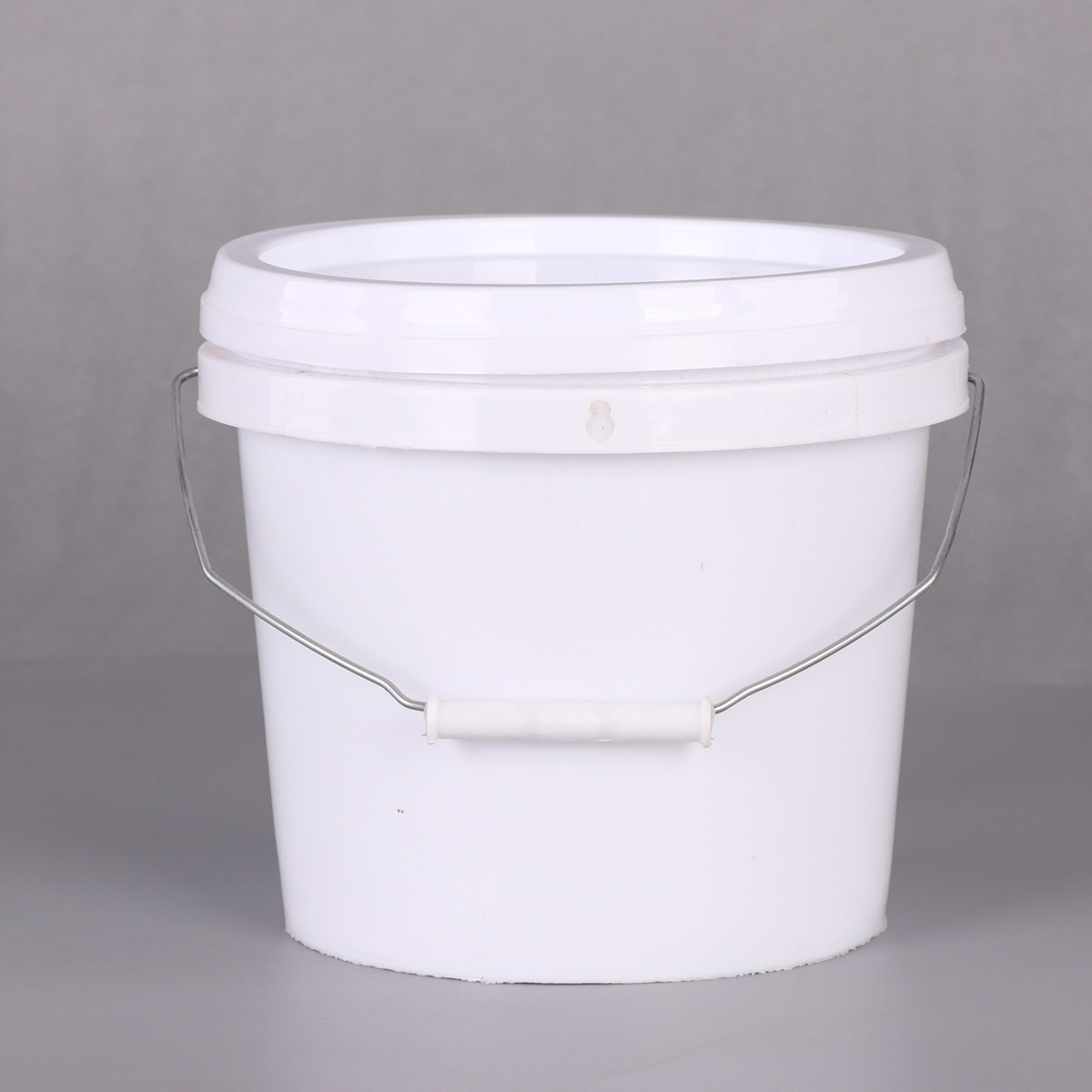
Lorem ipsum dolor sit amet, consectetur adipiscing elit, sed do eiusmod Lorem ipsum dolor sit amet consectetur adipiscing elit, sed do eiusmod lorem ipsum

Why 200ML Round Plastic Buckets Are Perfect for Small-Scale Packaging
Un'analisi completa della produzione di secchi per semi di uccelli nel 2024, che copre materiali, processi di produzione, standard di sicurezza e pratiche di sostenibilità. Una guida essenziale per i professionisti e i produttori del settore.

What Are the Best Packaging Buckets for Freeze-Dried Meals?
Un'analisi completa della produzione di secchi per semi di uccelli nel 2024, che copre materiali, processi di produzione, standard di sicurezza e pratiche di sostenibilità. Una guida essenziale per i professionisti e i produttori del settore.

Tecnologia di produzione: Soluzioni di produzione con benna quadrata
Home Sommario Introduzione Nel variegato panorama odierno degli imballaggi, i secchi quadrati sono emersi come una scelta popolare per varie












